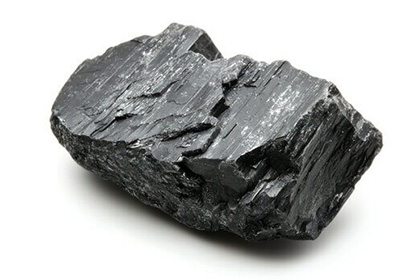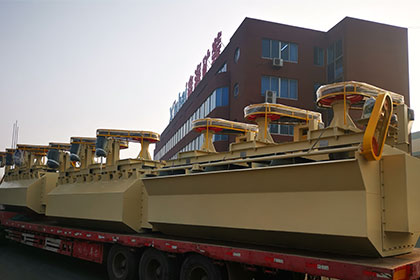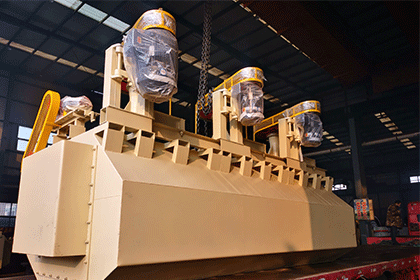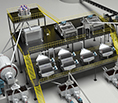What Is Graphite Mining and Processing? A Complete Guide
 Laura
Laura
 Oct 30, 2025
Oct 30, 2025
 474
474
If you want to know more details about equipment, solutions, etc, please click the button below for free consultation, or leave your requirements!
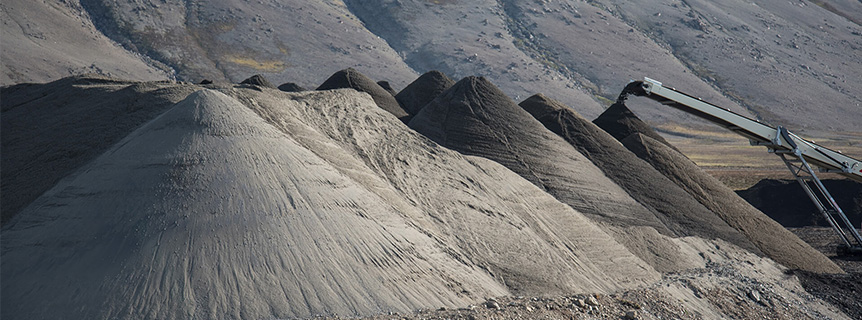
Graphite mine
Graphite is a naturally occurring form of carbon that has become one of the most valuable industrial materials in recent decades. It is widely used in applications such as batteries, refractory materials, lubricants, and even in the production of graphene, a revolutionary material in electronics and materials science. With the increasing demand for electric vehicles and energy storage solutions, graphite mining and processing have become a critical part of the global supply chain.
In this complete guide, we’ll break down what graphite mining involves, how graphite is processed, and the technologies and techniques that are used to extract and refine this essential material.
01 What is Graphite?
BackGraphite is a naturally occurring form of carbon with a crystalline structure that allows it to be an excellent conductor of electricity and heat. Its layered structure makes it an ideal material for high-temperature applications and energy storage systems. Graphite is most commonly found in three types: natural graphite, synthetic graphite, and amorphous graphite.
Natural Graphite: Mined from natural deposits, used in batteries, lubricants, and other applications.
Synthetic Graphite: Manufactured from petroleum coke and coal tar in high-temperature furnaces.
Amorphous Graphite: A low-quality form of graphite found in various locations worldwide, often used in the steel industry.
02 Graphite Mining Process: Step-by-Step
BackThe process of extracting graphite involves several stages, starting from locating the deposits to processing and refining the raw material. Graphite deposits are mainly found in two forms: vein graphite and flake graphite, with flake graphite being more commonly extracted.
Step 1: Exploration and Site Selection
The first stage in graphite mining is exploration. Mining companies use a combination of geological surveys, drilling techniques, and geophysical methods to identify promising graphite deposits. Once a site is chosen, exploration data is analyzed to assess the grade and size of the deposit.
Core Drilling: A key method used for exploration, where core samples are taken to identify the composition and depth of the graphite deposit.
Geophysical Surveys: Techniques like magnetometry or electrical resistivity are used to assess underground deposits without drilling.
Step 2: Extraction Methods
Graphite mining is done through two main methods: open-pit mining and underground mining. The method chosen depends on the depth and structure of the graphite deposit.
Open-pit Mining: When graphite deposits are near the surface, open-pit mining is employed. This method involves removing layers of overburden to access the graphite-rich ore beneath. It is cost-effective and efficient for shallow deposits.
Underground Mining: For deeper deposits, underground mining is used. This involves creating tunnels or shafts to reach the ore body. Underground mining requires specialized equipment but is used when the ore is too deep for open-pit mining.
Step 3: Crushing and Grinding
Once the graphite ore is extracted, it is transported to a processing plant where it undergoes crushing and grinding. The ore is broken down into smaller pieces to increase the surface area, making the subsequent processes more efficient.
Crushing: The first step in reducing the size of the ore.
Grinding: The crushed ore is ground to fine particles, often in ball mills, to facilitate the separation of graphite from other minerals.
Step 4: Concentration and Beneficiation
After crushing and grinding, the next step is to separate graphite from other impurities, such as quartz, mica, and feldspar. This is done through various beneficiation techniques:
Froth Flotation: The most common method of separating graphite from other materials. In this process, the crushed ore is mixed with water and chemicals that cause the graphite to float to the surface, where it is skimmed off.
Gravity Separation: Graphite is a dense material, so gravity-based techniques like jigs or shaking tables can be used to separate it from lighter minerals.
Magnetic Separation: Some graphite ores contain magnetic minerals, which can be separated using magnets to increase the purity of the graphite concentrate.
Step 5: Purification and Refining
Once the graphite has been concentrated, it undergoes purification and refining to remove any remaining impurities. This process is essential to produce high-purity graphite used in advanced applications such as batteries and electronics.
Chemical Purification: The concentrate may be treated with acids or other chemicals to remove unwanted minerals.
Thermal Treatment: In some cases, the graphite is heated to high temperatures to further purify it. This is often used in synthetic graphite production, where petroleum coke is heated in furnaces to produce high-purity graphite.
Electrochemical Purification: Used for producing ultra-pure graphite for specialized applications.
Step 6: Final Processing and Shaping
After purification, the refined graphite is shaped into various forms, depending on its intended use:
Flake Graphite: Large flakes of graphite are processed into graphene or used in lubricants, batteries, and industrial applications.
Powdered Graphite: The purified graphite is ground into fine powders for use in lubricants, paints, and batteries.
Graphite Blocks: Graphite is also processed into solid blocks or other custom shapes for use in high-temperature applications like refractories.
03 Graphite Processing for Battery Production
BackWith the growing demand for electric vehicles (EVs), graphite has become an essential material in the production of lithium-ion batteries. The process of preparing graphite for battery production involves additional steps to ensure the material meets the required purity and consistency:
Sizing: Graphite is processed into very fine particles that are suitable for battery anodes.
Coating: The graphite is often coated with a conductive layer to improve its performance in batteries.
Purification: Battery-grade graphite must be extremely pure, often requiring additional refining steps such as high-temperature treatment or acid leaching.
04 Environmental Considerations in Graphite Mining
BackGraphite mining, like any form of mining, can have significant environmental impacts. Some of the major concerns include:
Water Use and Pollution: The flotation process uses a lot of water and may lead to pollution if waste materials are not handled properly.
Energy Consumption: Graphite processing requires substantial amounts of energy, especially during purification and thermal treatment.
Habitat Disruption: Open-pit mining can lead to habitat destruction and deforestation if not carefully managed.
To mitigate these impacts, many graphite mining operations are investing in more sustainable mining practices, including:
Water Recycling: Reusing water in flotation processes to reduce consumption.
Waste Management: Proper disposal or recycling of waste materials to minimize environmental harm.
Restoration Efforts: Rehabilitating mining sites and replanting vegetation to restore ecosystems after mining activities.
05 Conclusion
BackGraphite mining and processing is a complex, multi-stage process that requires specialized knowledge and equipment. From exploration to extraction, beneficiation, and refining, each step plays a crucial role in ensuring the quality of the final product. With the rise of electric vehicles and energy storage technologies, graphite's role in the global economy is only set to increase, making it one of the most critical materials for the future.
Understanding the processes involved in graphite mining and processing is key for anyone interested in the mining industry, battery production, or sustainable resource management.
Feel free to contact us and learn more about graphite processing solutions!
 +86 183 3575 8886
+86 183 3575 8886 pinklaurabao@gmail.com
pinklaurabao@gmail.com



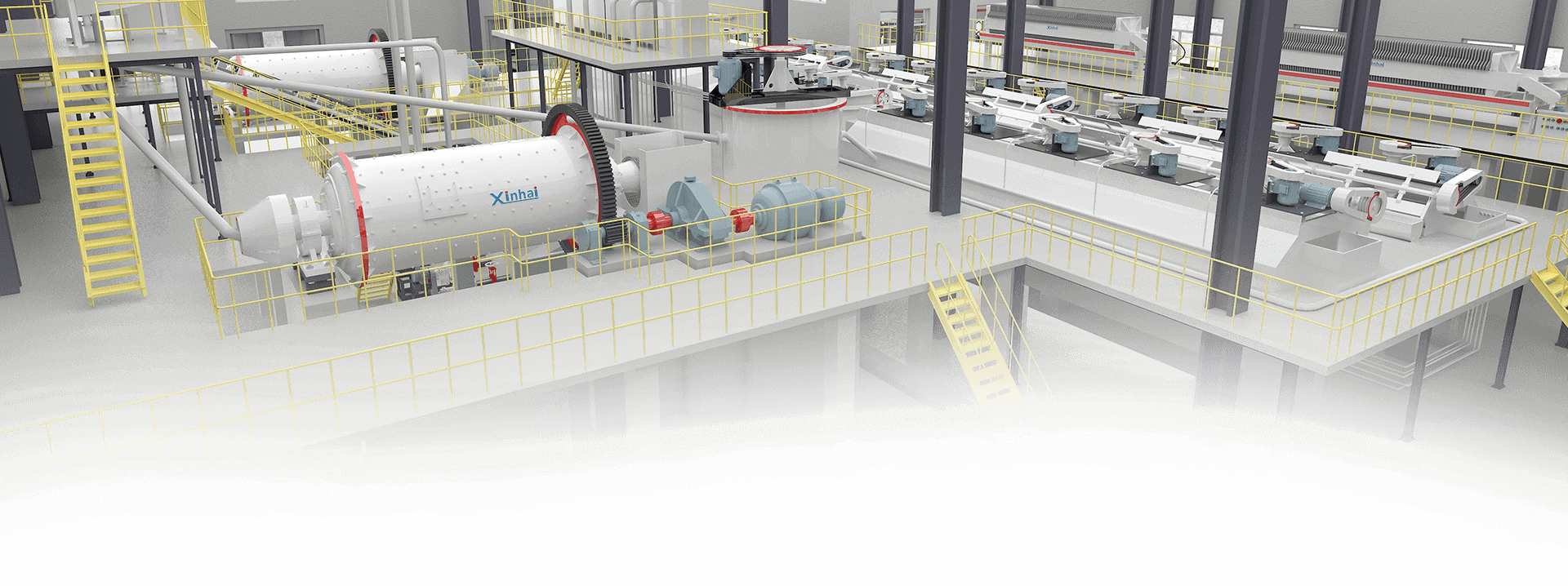
 Message
Message Chat Now
Chat Now


